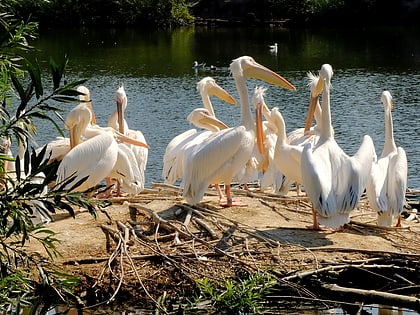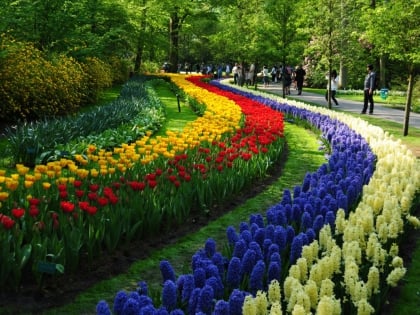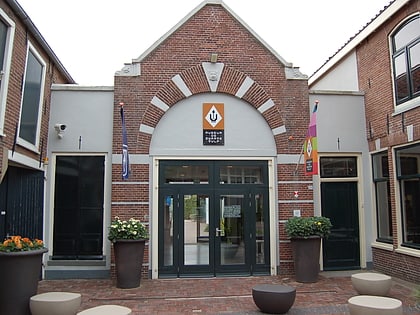Navigable aqueduct
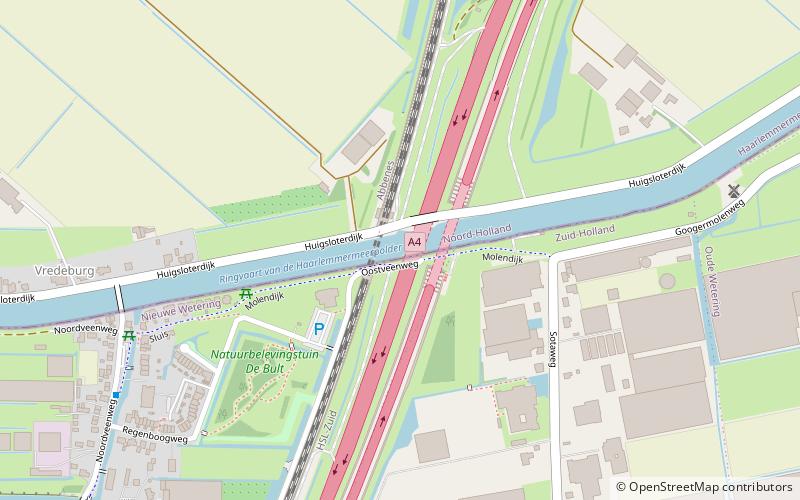
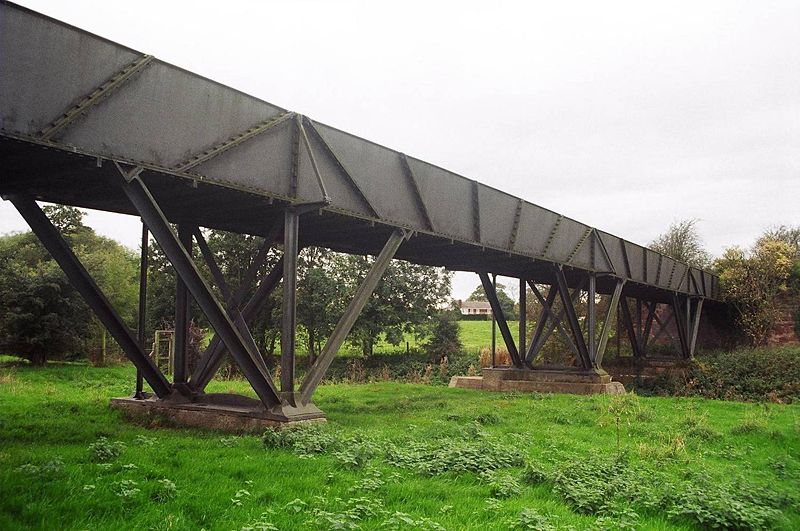
Facts and practical information
Navigable aqueducts are bridge structures that carry navigable waterway canals over other rivers, valleys, railways or roads. They are primarily distinguished by their size, carrying a larger cross-section of water than most water-supply aqueducts. Roman aqueducts were used to transport water and were created in Ancient Rome. The 662-metre long steel Briare aqueduct carrying the Canal latéral à la Loire over the River Loire was built in 1896. It was ranked as the longest navigable aqueduct in the world for more than a century, until the Magdeburg Water Bridge in Germany took the title in the early 21st century. ()
Noord-Holland
Navigable aqueduct – popular in the area (distance from the attraction)
Nearby attractions include: Keukenhof, Avifauna, Kagerplassen, Castle Keukenhof.


